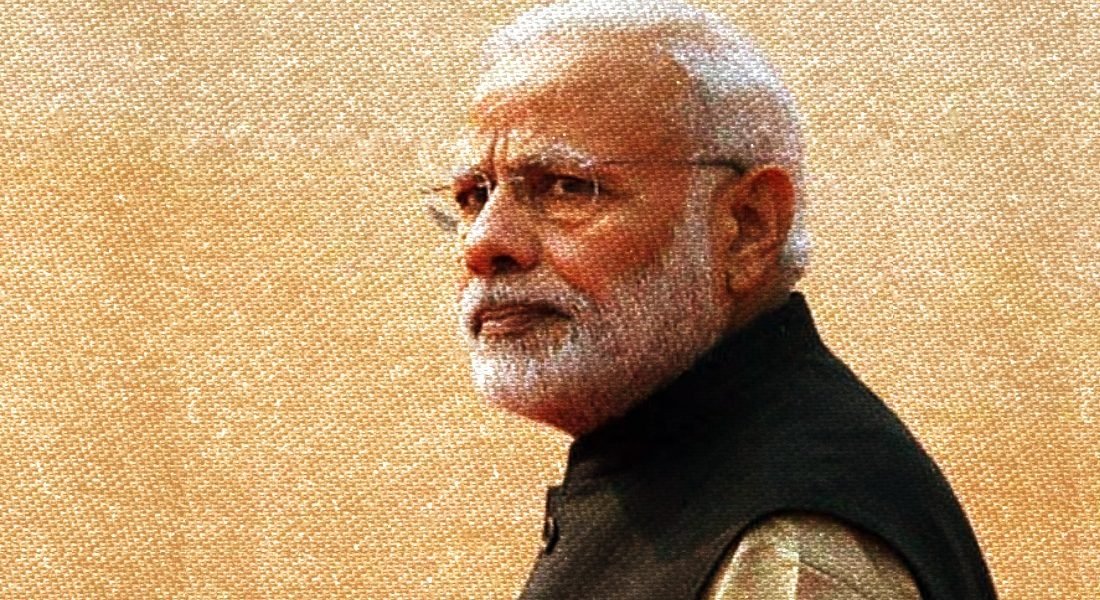By Shailesh Gandhi
I saw a video on YouTube in which the Supreme Court was scolding a young lawyer for having sought information about a municipal body by inspection. The court was asking him why he wanted this information and telling him not to use the right to information (RTI) since he was an officer of the court.
The court tells the lawyer that it will impose costs on him. The court lambasts him for asking about recruitment, budget, etc. The judge tells him, “It is high time all this is put to an end.” The court asks why he wants to inspect the records of a municipal body.
Recently, a Madras High Court division Bench comprising Justice N. Paul Vasanthakumar and Justice K. Ravichandrababu has ruled that RTI applicants must give reasons for seeking information.
I found it difficult to believe that a citizen could be asked why he was seeking information from a municipal body. I have heard many public servants ask why a citizen is seeking certain information. If we accept this position, we could be asked to explain why we wish to speak or publish something. Our fundamental rights are our human rights recognised by the Constitution.
Since the RTI has been accepted as a fundamental right of citizens under Article 19(1)(a), nobody has the right to ask for reasons. Democracy is the ‘rule of the people, for the people and by the people’.
Citizens are sovereigns, and they are seeking what belongs to them. To emphasise this, the Parliament stated in Section 6(2) of the Right to Information Act, 2005, “An applicant making a request for information shall not be required to give any reason for requesting the information or any other personal details except those that may be necessary for contacting him.”
The first clarion call for the right to information came from Justice Mathew in 1975 in the Raj Narain case where he said: “In a government of responsibility like ours, where all the agents of the public must be responsible for their conduct, there can be but few secrets.
“The people of this country have a right to know every public act, everything that is done in a public way by their public functionaries. They are entitled to know the particulars of every public transaction in all its bearing. Their right to know, which is derived from the concept of freedom of speech, though not absolute, is a factor which should make one wary when secrecy is claimed for transactions which can at any rate have no repercussions on public security.”
This was reinforced by many other Supreme Court judgments such as S.P. Gupta. The Parliament codified this right in 2005 to make it effective. Justice RavindraBhat gave a perfect explanation of the RTI in 2007 in the Bhagat Singh case when he stated: “A rights-based enactment is akin to a welfare measure, like the Act, it should receive a liberal interpretation. The contextual background and history of the Act are such that the exemptions, outlined in Section 8, relieving the authorities from the obligation to provide information, constitute restrictions on the exercise of the rights provided by it.
“Therefore, such exemption provisions have to be construed in their terms; there is some authority supporting this view (see Nathi Devi versus Radha Devi Gupta 2005 (2) SCC 201; B.R. Kapoor versus State of Tamil Nadu 2001 (7) SCC 231 and V. Tulasamma versus Sesha Reddy 1977 (3) SCC 99). Adopting a different approach would result in narrowing the rights and approving a judicially mandated class of restriction on the rights under the Act, which is unwarranted.”
The entire approach to citizens’ right to information changed in August 2011 when the Supreme Court held in Aditya Bandopadhyay versus CBSE and stated in Para 33: “Some high courts have held that Section 8 of the RTI Act is in the nature of an exception to Section 3, which empowers the citizens with the right to information, which is a derivative from the freedom of speech; and that, therefore, Section 8 should be construed strictly, literally and narrowly.”
In Para 37, it made a comment without any evidence: “The right to information is a cherished right. Information and the right to information are intended to be formidable tools in the hands of responsible citizens to fight corruption and to bring in transparency and accountability. The provisions of RTI Act should be enforced strictly and all efforts should be made to bring to light the necessary information under Clause (b) of Section 4(1) of the Act which relates to securing transparency and accountability in the working of public authorities and in discouraging corruption.
“But with regard to other information [that is information other than those enumerated in Section 4(1)(b) and (c) of the Act] equal importance and emphasis are given to other public interests (like confidentiality of sensitive information, fidelity and fiduciary relationships, efficient operation of governments, etc.)
“Indiscriminate and impractical demands or directions under the RTI Act for disclosure of all and sundry information (unrelated to transparency and accountability in the functioning of public authorities and eradication of corruption) would be counter-productive as it will adversely affect the efficiency of the administration and result in the executive getting bogged down with the non-productive work of collecting and furnishing information.
“The Act should not be allowed to be misused or abused, to become a tool to obstruct national development and integration or to destroy the peace, tranquility and harmony among its citizens. Nor should it be converted into a tool of oppression or intimidation of honest officials striving to do their duty.
“The nation does not want a scenario where 75 percent of the staff of public authorities spends 75 percent of their time collecting and furnishing information to applicants instead of discharging their regular duties.
“The threat of penalties under the RTI Act and the pressure of the authorities under the RTI Act should not lead to employees of public authorities prioritising ‘information furnishing’ at the cost of their normal and regular duties.”
This passage was used enthusiastically by various public servants to deny information to citizens. This judgment suggested confidentiality of sensitive information should be kept in mind. It introduced an exemption that was not envisaged by the Parliament.
The law clearly intended that all information held by public authorities, except as provided under Sections 8 and 9, be provided. The quoted passage also suggested that the RTI may be used to oppress and intimidate government servants. It also suggested that RTI queries must meet the standard of ‘improving transparency and eradication of corruption’.
It further suggested that it could be used to oppress and intimidate honest officials doing their duty. This was an unfortunate statement that emboldened public servants to refuse information based on their assessment of what information must be given under the RTI.
There has not been a single recorded case of oppression and intimidation of public officials. There are numerous cases of threats and assaults of RTI users. Over 100 RTI users have been murdered. According to one study by the Right to Information Assessment and Advocacy Group (RaaG), a group that conducts studies and assessments on the implementation of the RTI Act in India, about 50 percent of the RTI queries relate to information that should be available suomotu under Section 4 of the Act.
Another 25 percent relate to the fact that public servants do not respond to applications, complaints and representations by citizens. This means 75 percent of the RTI queries are a consequence of public authorities not fulfilling their duties.
Unfortunately, the passage quoted above is being used everywhere to indicate that these fundamental rights should be recognised on a case-to-case basis. A narrative has been created that the right to information was inferior to the right to speak and publish.
Practitioners of the RTI were likely to ‘obstruct the national development and integration, or to destroy the peace, tranquility and harmony among its citizens’. It may also ‘be converted into a tool of oppression or intimidation of honest officials striving to do their duty’.
As to the charge of public servants requiring a disproportionate amount of time to answer RTI queries, one needs to understand that RTI expects information to be provided as it exists.
Some officers claim that it takes a lot of time to trace information. They must first understand the reason for keeping records. Records are primarily kept for referencing. If they take too much time to locate, they will not be useful for referencing.
Section 4 (1)(a) of the RTI Act mandates that all public authorities must “maintain all its records duly catalogued and indexed in a manner and form which facilitates the right to information under this Act and ensure that all records that are appropriate to be computerised are, within a reasonable time and subject to availability of resources, computerised and connected through a network all over the country on different systems so that access to such records is facilitated”.
It is unfortunate that public authorities do not implement the law laid down in Section 4 (1)(a) and (b). Across the country, this part of the judgment was quoted enthusiastically and complaints were filed against RTI users.
Some police stations filed first information reports (FIRs) against RTI users and started calling public-spirited citizens extortionists and blackmailers. It appeared to legitimise assaults on RTI activists.
This narrative needs to be challenged. Citizens and the media need to discuss and defend their fundamental rights. Whereas the freedom to speak and publish has been expanded along the way, RTI is being weakened beyond what the law and the Constitution permit. This is an unfortunate curbing of citizen’s fundamental rights. (IPA Service)












